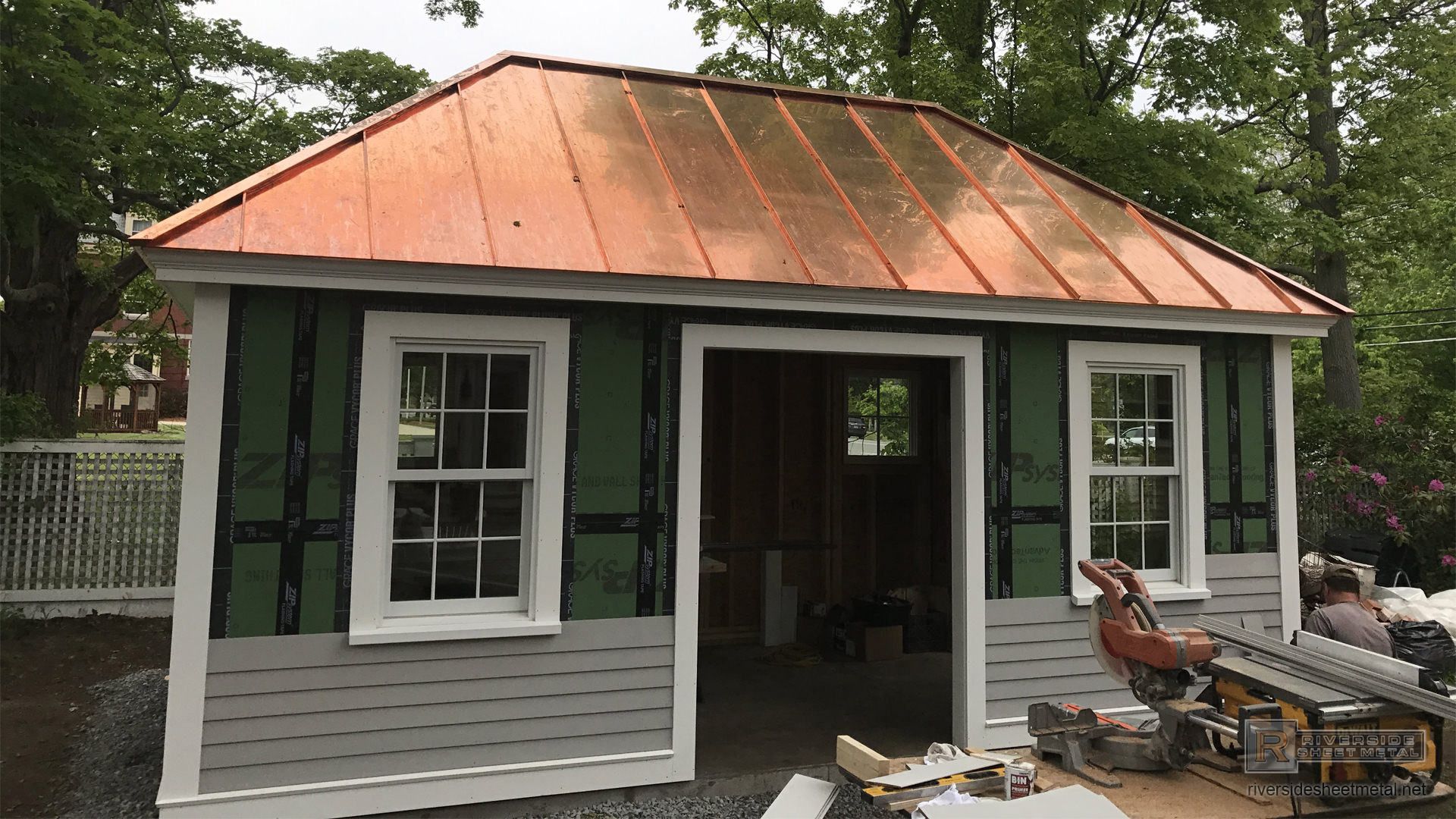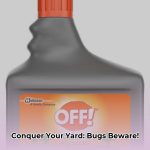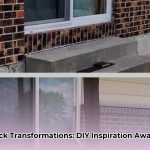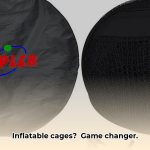Hey there, DIY enthusiasts! Ready to give your shed a sturdy, weather-resistant metal roof? This comprehensive guide will walk you through every step, from choosing the right materials to putting on the finishing touches. Whether you’re starting from scratch or replacing an old roof, we’ve got you covered.
Choosing the Right Metal Roofing
Before you begin, selecting the appropriate metal roofing is crucial. Here are a few popular options:
Corrugated Metal
This classic, wavy roofing, typically made of galvanized steel or aluminum, is a budget-friendly and easy-to-work-with option. It’s a great starting point for beginners.
Standing Seam Metal
Offering a more modern look, standing seam metal roofing hides fasteners underneath, providing a clean appearance and superior weather resistance. This option is excellent for those seeking a sleek, contemporary finish.
Metal Shingles/Tiles
If you desire the traditional look of shingles or tiles with the durability of metal, this is your ideal choice. Metal shingles and tiles come in various styles, allowing you to match your house or other buildings. This offers design flexibility while providing long-lasting protection.
Why Metal is a Superior Choice
Metal roofs offer numerous advantages for sheds:
- Durability: Metal withstands rain, snow, wind, and even fire, making it much less likely to suffer damage compared to other roofing materials.
- Longevity: A metal roof can last 50 years or more, significantly longer than traditional asphalt shingles, which typically last 15-20 years.
- Energy Efficiency: Reflecting sunlight, metal roofs help keep your shed cooler in the summer, particularly beneficial if you store temperature-sensitive items.
- Low Maintenance: Metal roofs require minimal upkeep, saving you time and effort compared to other roofing types.
- Increased Property Value: A new metal roof enhances your shed’s appearance, potentially increasing your property’s value.
Installing Your Metal Shed Roof: A Step-by-Step Guide
Installing a metal roof may seem daunting, but taking it one step at a time simplifies the process.
Step 1: Preparation is Key
- Accurate Measurements: Precise measurements of your shed roof (length and width, double-checked) ensure you purchase the correct amount of material.
- Clean Surface: Clear the roof of debris, old roofing, or anything else. Ensure the underlying structure is solid and ready to support the new roof.
- Insulation (Optional): Consider adding insulation before installing the metal roofing to better regulate the internal temperature.
Step 2: Installing the Roof
- Edging: Begin by installing edging around the roof’s perimeter for a finished look and to prevent water intrusion.
- Underlayment (Recommended): While technically optional, underlayment adds an extra layer of protection against leaks and dampens noise from rain or hail.
- Panel Installation: Carefully follow the manufacturer’s instructions for attaching the metal roof panels, ensuring correct overlap and fastener type.
- Ventilation: Proper ventilation prevents moisture buildup, which can lead to mold and rot.
- Flashing: Install flashing around chimneys, vents, or other protrusions to create a watertight seal.
Maintaining Your Metal Roof
Metal roofs are low-maintenance, but occasional care ensures optimal performance:
- Regular Cleaning: Periodically remove leaves and debris with a broom or leaf blower.
- Annual Inspection: Inspect your roof annually for damage, rust, or leaks. Early detection can prevent costly repairs.
- Touch-Ups: Address scratches or rust spots promptly with paint or sealant designed for metal roofs, especially in harsh weather regions.
- Professional Repairs: For significant repairs, contact a professional roofing contractor. Some repairs may void your warranty if not performed by a certified professional.
Are Metal Roofs Good for Sheds?
Choosing the right shed roof is crucial for its longevity and maintenance needs. Metal roofs, with their durability and longevity, are often the ideal choice. They withstand harsh weather conditions, lasting 30-50 years or more, significantly outperforming asphalt shingles. Furthermore, their low maintenance requirements, temperature regulation capabilities (due to sunlight reflection), and potential to increase property value make them an appealing option. However, aesthetic preferences and specific climate conditions may influence your final decision. Explore our resources on metal staircases and metal kitchen units for more home renovation inspiration.
Metal Roof Benefits for Sheds:
- Outlast the Elements: Unmatched durability against rain, snow, wind, and fire.
- Eco-Friendly Fortress: Lightweight, robust, recyclable, and often made from recycled materials.
- Climate Control Champion: Reflective properties keep your shed cooler in summer and drier in winter.
- Cost-Effective over Time: Longevity and minimal maintenance save money in the long run.
- Pest Resistance: Unlike shingles, metal is not susceptible to insect or rodent damage.
Potential Drawbacks:
- Initial Cost: Metal roofs have a higher upfront cost than asphalt shingles, although long-term savings often offset this.
- Noise: Rain or hail can be noisy on a metal roof.
- Aesthetics: While many appreciate the modern look, some may find it unsuitable for their backyard.
What is the Biggest Problem with Metal Roofs?
While exceptionally durable, metal roofs can experience corrosion. This gradual deterioration, caused by exposure to water and oxygen (like a rusting bike), can weaken the metal, leading to leaks and even structural instability. Corrosion is more likely in areas with harsh weather, where the protective coating can be compromised. Factors like the type of metal (aluminum and zinc-coated steel are generally better), the quality of the coating, regular inspections, and prompt repairs all influence a metal roof’s resistance to corrosion. Ongoing research explores new coatings and materials for improved corrosion resistance.
Mitigating Corrosion:
- Choose the right material: Opt for corrosion-resistant metals.
- Protect the surface: Ensure a proper coating and address any scratches promptly.
- Regular check-ups: Inspect for signs of rust or damage at least annually.
- Professional advice: Consult local roofing professionals for region-specific advice.
What is the Cheapest Roof Option for a Shed?
Finding an affordable yet effective shed roof doesn’t have to be difficult. Consider these budget-friendly options:
- Corrugated Metal: Durable, long-lasting, and relatively easy to install. While slightly more expensive upfront, its longevity offers long-term savings.
- Metal Roll Roofing: The easiest to install but less durable than corrugated metal.
- Felt Shingles: Inexpensive and simple to install, but requires more maintenance and is less durable than metal.
Factors to Consider:
- DIY vs. Professional Installation: DIY installation saves money, but requires skills and tools.
- Long-Term Costs: Consider maintenance and replacement needs when evaluating cost.
- Regional and Climate Considerations: Material availability, pricing, and suitability vary by region and climate.
- Aesthetics: Balance cost and desired appearance.
- Shed Size and Purpose: The shed’s size and intended use influence roofing choices.
By carefully considering these factors, you can choose the most cost-effective and suitable roofing solution for your shed. Remember, informed decisions ensure long-term satisfaction.
- Burning Plastic Smell in House: Causes, Solutions, and Safety Measures - April 8, 2025
- Best Bug Killer for Yard: Effective Pest Control Guide (2024) - April 8, 2025
- Brown Recluse Spider Bites: Identification, Treatment, and Prevention - April 8, 2025










